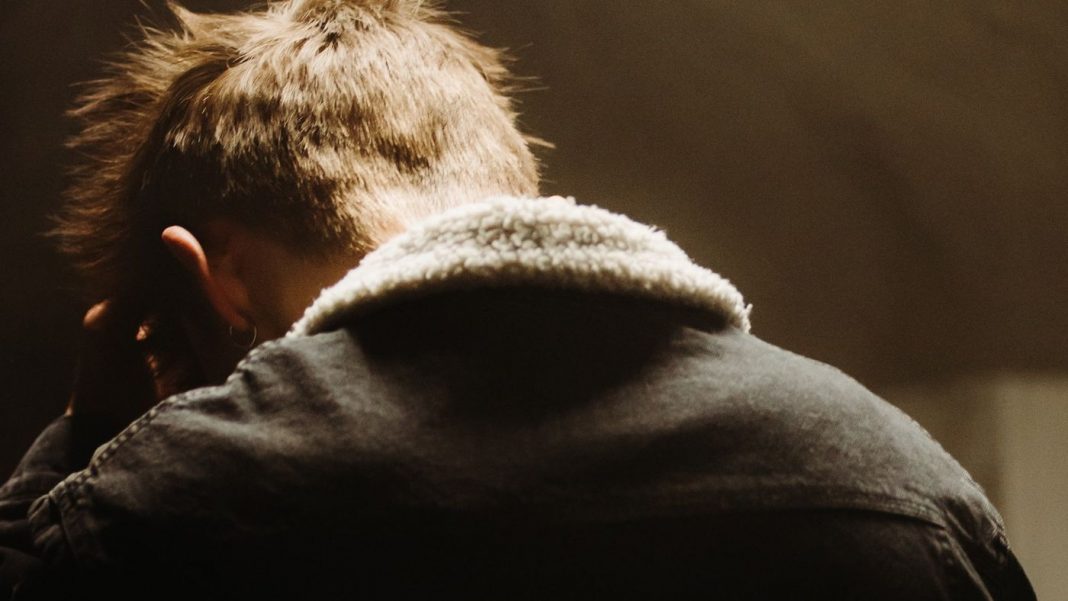In the search for new therapies against depression, researchers at the Stanford University School of Medicine, in the United States, have developed a new therapy, still in the validation phase, that can treat this disorder. By stimulating the patients’ brains with magnets, scientists obtained a preliminary efficacy rate of 78.6%.
Published in the American Journal of Psychiatry, the US study noted that patients had remission from depression after the innovative procedure, known as Stanford accelerated intelligent neuromodulation therapy (SAINT) or simply Stanford neuromodulation therapy.
For the potential therapy, researchers have developed a modified form of the well-known transcranial magnetic stimulation (rTMS). Generally speaking, the procedure delivers high doses of magnetic pulses to the patient’s brain through a device that contains magnetic coils and is provisionally installed outside the skull. The treatment takes just five days, being personalized for each patient.
Want to catch up on the best tech news of the day? Access and subscribe to our new youtube channel, Kenyannews News. Everyday a summary of the main news from the tech world for you!
According to the authors, the remission of the condition occurred a few days after the procedure, and the benefits lasted for months. Adverse effects reported were: temporary fatigue; and headaches. “It works well, it works quickly, and it’s non-invasive,” explains Nolan William, an assistant professor of psychiatry at Stanford and senior author of the study. “It could be a game changer”, bets the scientist.
In practice: potential therapy for depression
During the clinical study of the new technique, 29 people diagnosed with depression and resistant to traditional treatment were recruited. Of this total, 14 people received the SAINT experimental treatment and the rest of the group underwent a placebo procedure that simulated the real treatment.
After five days of treatment, 78.6% of the participants in the treated group were no longer depressed, according to different standard assessment methods applied by the scientists. “It’s a very dramatic and very sustained effect,” says Alan Schatzberg, professor of psychiatry and co-author of the study.
A new type of magnetic brain stimulation brought rapid remission to almost 80% of participants with severe depression in a study conducted at the Stanford University School of Medicine. https://t.co/XT23fIsivH#MentalHealth #depression #Research
— Stanford Medicine (@StanfordMed) October 30, 2021
Among the volunteers was Tommy Van Brocklin, a 60-year-old patient who has lived with depression since childhood. In September 2021, the volunteer started the SAINT experimental treatment, through research. “On the third day, it started to take effect. And it got better and better in the next few days,” says Brocklin. “I’ve been home since mid-September and all the benefits remain with me, and I feel much better,” he adds.
Next research steps
As encouraging as the results are, and the patient reports are quite optimistic, the scientists point out that “further studies are needed to determine the durability of SAINT and compare it with other treatments”, which could lead to this treatment to thousands of people.
Because study participants typically felt better days after sessions began, the authors hope the technique can be used in patients who are at a critical point in their depression. “We want to take this to emergency departments and psychiatric wards, where we can treat people who are in a psychiatric emergency,” bets Williams. “The period right after hospitalization is when there is a greater risk of suicide”, he adds.
The full study on potential therapy for the treatment of depression, published in the American Journal of Psychiatry, can be accessed here.
